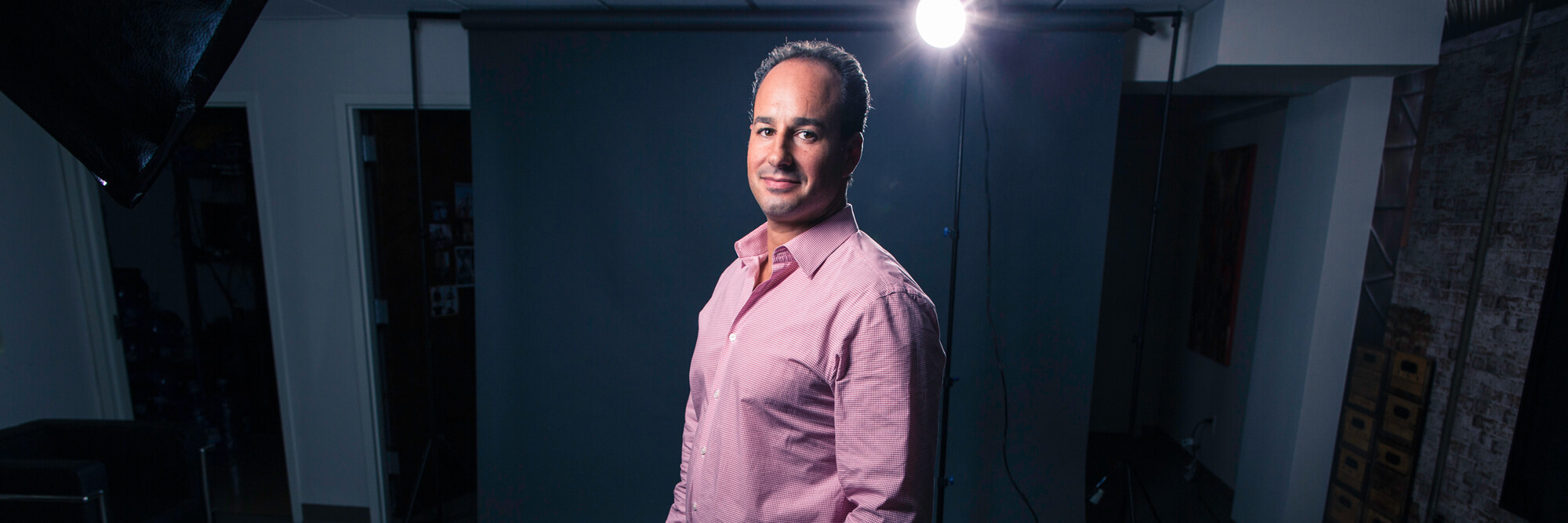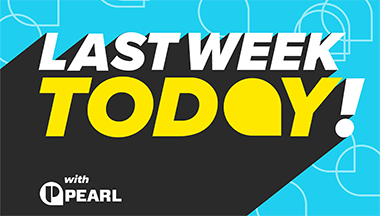1. Physical and digital collide to create something nobody has ever done before.
Everyone wants to be the first — to do something own-able for a brand. One way to break new ground is to use things in combinations that have never been done before. So does that mean that we’ll see iBeacons strapped to drones carrying 3D scanners? Yes. We’ll see a lot of smartly connected devices designed to deliver new marketing tactics. On the flip side, we’ll also see the utterly useless.
2. Storytelling matters now more than ever. Tell your brand story. Better.
With networks that can push insane amounts of data, phones with huge screens and cameras that are connected to said networks, ad dollars will continue to shift toward content. I hate admitting it, but it all comes down to the “E” word — engagement. Brands that understand this will be the real winners. Take San Pellegrino for example: they produce beautiful short films that focus on teaching about chefs and food preparation, scoring big with consumers who are also willing to give them permission for product placement. Why? Because there is value that extends beyond the thing that’s being sold — a brilliant combination of entertainment and education.
3. Screens explode exponentially. Be on them now.
Digital billboards, signage, wayfinding, advertising networks are everywhere, from behind the counter at Dunkin’ Donuts to New York City’s Chelsea Market. Early adopters are frequently carrying the mighty four: smart watch, tablet, laptop and smartphone. All provide amazing opportunities to reach consumers with cool content in unusual and unexpected places. Get on it.
4. Sixteen seconds is so 2014. One minute is magic.
Cutting through the clutter just took on new meaning. Now that we have Facebook, Instagram, Twitter, Vimeo, Snapchat, Tumblr, LinkedIn and others on top of all the traditional media and new digital networks, it’s about time we all learn the optimal way to use them. Our analytics show that we have about one minute of attention with video viewers (that’s average view duration) before the drop-off rate skyrockets, so we shoot for a great minute with a clear beginning, middle and end. This allows us to be far more efficient in our creative, production, and post-production. In 2015, we’ll see advertisers, designers and marketers get a lot smarter with our existing media platforms.
5. The Death of Mass Marketing
Big data, one of 2014’s buzzwords, is definitely here to stay. In both B2B and B2C, marketers will focus on leveraging big data to develop intensive programmatic campaigns as they pair extremely granular data with their key segments. With the availability of astoundingly specific consumer data, creating customized content and personalization isn’t just for early adopters anymore, it’s pretty much mandatory.

